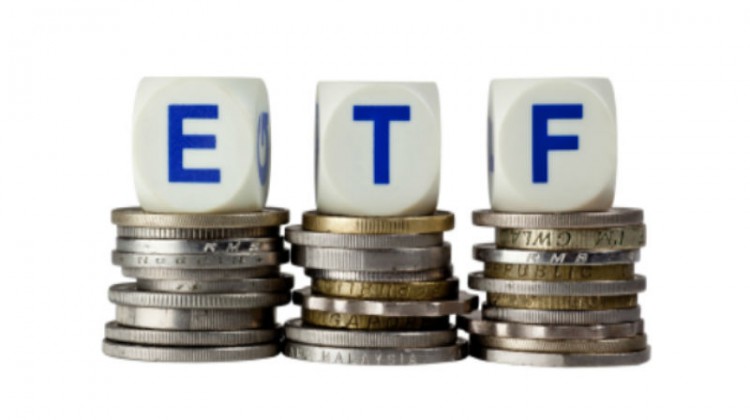Exchange-traded Funds
An ETF, or exchange traded fund, is a marketable security that tracks an index, a commodity, bonds, or a basket of assets like an index fund. Unlike mutual funds, an ETF trades like a common stock on a stock exchange.
ETFs experience price changes throughout the day as they are bought and sold. ETFs typically have higher daily liquidity and lower fees than mutual fund shares, making them an attractive alternative for individual investors.
Advantages of ETFs
- By owning an ETF, investors get the diversification of an index fund as well as the ability to sell short, buy on margin and purchase as little as one share (there are no minimum deposit requirements).
- Another advantage is that the expense ratios for most ETFs are lower than those of the average mutual fund.
- When buying and selling ETFs, you have to pay the same commission to your broker that you’d pay on any regular order.
- There exists potential for favourable taxation on cash flows generated by the ETF, since capital gains from sales inside the fund are not passed through to shareholders as they commonly are with mutual funds.
BREAKING DOWN ‘Exchange-Traded Fund (ETF)’
- An ETF is a type of fund which owns the underlying assets (shares of stock, bonds, oil futures, gold bars, foreign currency, etc.) and divides ownership of those assets into shares.
- The actual investment vehicle structure (such as a corporation or investment trust) will vary by country, and within one country there can be multiple structures that co-exist.
- Shareholders do not directly own or have any direct claim to the underlying investments in the fund; rather they indirectly own these assets.
- ETF shareholders are entitled to a proportion of the profits, such as earned interest or dividends paid, and they may get a residual value in case the fund is liquidated.
- The ownership of the fund can easily be sold or transferred in much the same was as shares of stock, since ETF shares are traded on public stock exchanges.
ETF Creation and Redemption
- The supply of ETF shares are regulated through a mechanism known as creation and redemption. The process of creation/redemption involves a few large specialized investors, known as authorized participants (APs).
- APs are large financial institutions with a high degree of buying power, such as market makers that may be banks or investment companies. Only APs can create or redeem units of an ETF.
- When creation takes place, an AP assembles the required portfolio of underlying assets and turns that basket over to the fund in exchange for newly created ETF shares.
- APs return ETF shares to the fund and receive the basket consisting of the underlying portfolio. Each day, the fund’s underlying holdings are disclosed to the public.
ETFs and Traders
- Arbitrage. Since both the ETF and the basket of underlying assets are tradable throughout the day, traders take advantage of momentary arbitrage opportunities, which keeps the ETF price close it its fair value.
- If a trader can buy the ETF for effectively less than the underlying securities, they will buy the ETF shares and sell the underlying portfolio, locking in the differential.
- Leveraged ETFs. Some ETFs utilize gearing, or leverage, through the use of derivative products to create inverse or leveraged ETFs.
- Inverse ETFs track the opposite return of that of the underlying assets.

